
Aviation Program Overview
We utilize the “You Can Fly” high school aviation curriculum, developed by industry collaboration led by the Aircraft Owners and Pilots Association (AOPA). This fully documented four-year aviation curriculum, tailored for high school students provides for two pathways: pilot and unmanned aircraft systems/drones. It is also aligned with, and mapped to, the Common Core State Standards, Next Generation Science Standards, and the FAA Airman Certification Standards, ensuring students gain essential career-ready skills and exit with and industry credentials such as FAA Private Pilot and Remote Pilot knowledge tests. We are in the early stages of partnering with FAA approved flight schools in the area for those students who desire and are able to continue with flight training leading to pilot certificates and ratings.
The curriculum is divided into four, full-year high school courses (final course titles after the first course may vary once published):
- Aerospace and Aviation Foundations (counts as a general physics course)
- Fundamentals of Flight (Basic Pilot Ground School)
- Aviation Operations (Private Pilot Knowledge Test, Sport or Private Pilot Rating. Part107 Drone Pilot license)
- Advanced Aviation Operations (Instrument Rating and/or Commercial Rating prep)
Simulators and Partnerships
In addition to hands-on lab activities to teach fundamental concepts, flight simulators will provide a core of the experiential component of this program. Simulator-based aviation education delivers immersive, hands-on training that not only engages students but also equips them with critical skills for the aviation workforce. There are two levels of simulators that will be deployed in support of the curriculum. In the early stages, a non FAA-certified simulator will be used to expose students to flight and aircraft systems. Beginning in the third course, advanced students will have access to an FAA-certified simulator that will enable them to log hours leading toward their private pilot certificate.
Redbird Flight Simulators
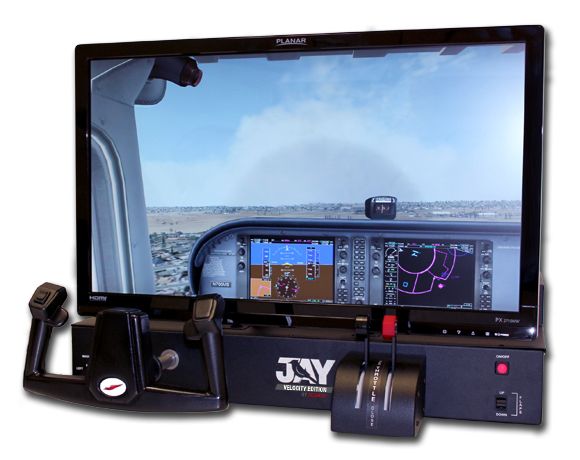
Redbird is a global leader in pilot training simulation, especially trusted by schools and certified Flight Training Organizations, which meets the highest standards of aviation education. Redbird offers flight simulator training devices specifically engineered for the needs of school educational programs like ours with input from schools and educators to ensure their solutions are classroom-ready, durable and student-friendly.
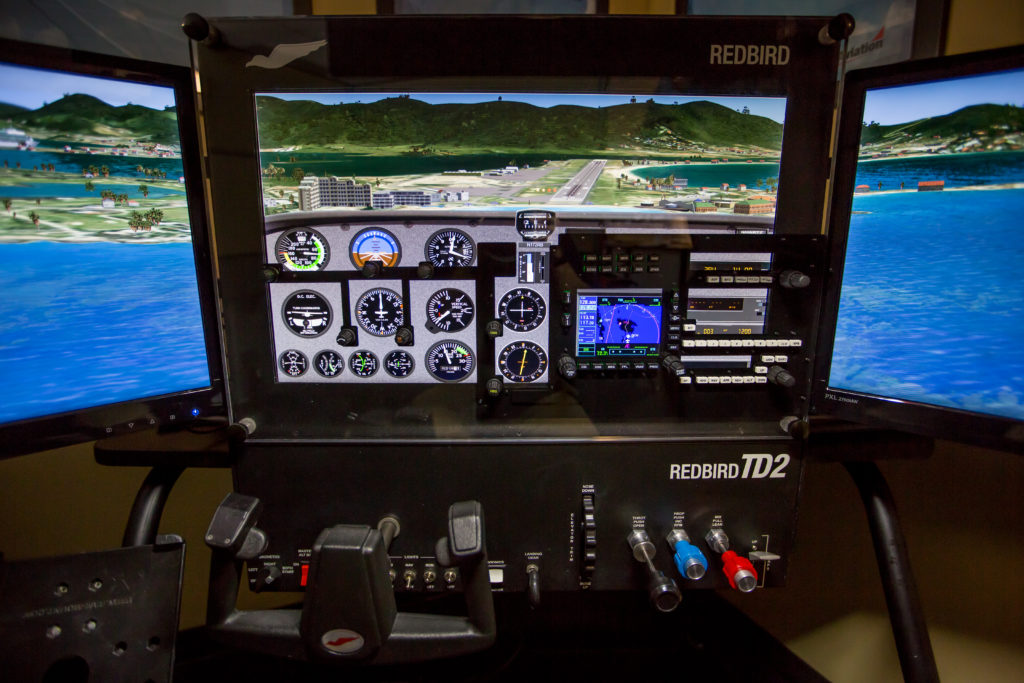
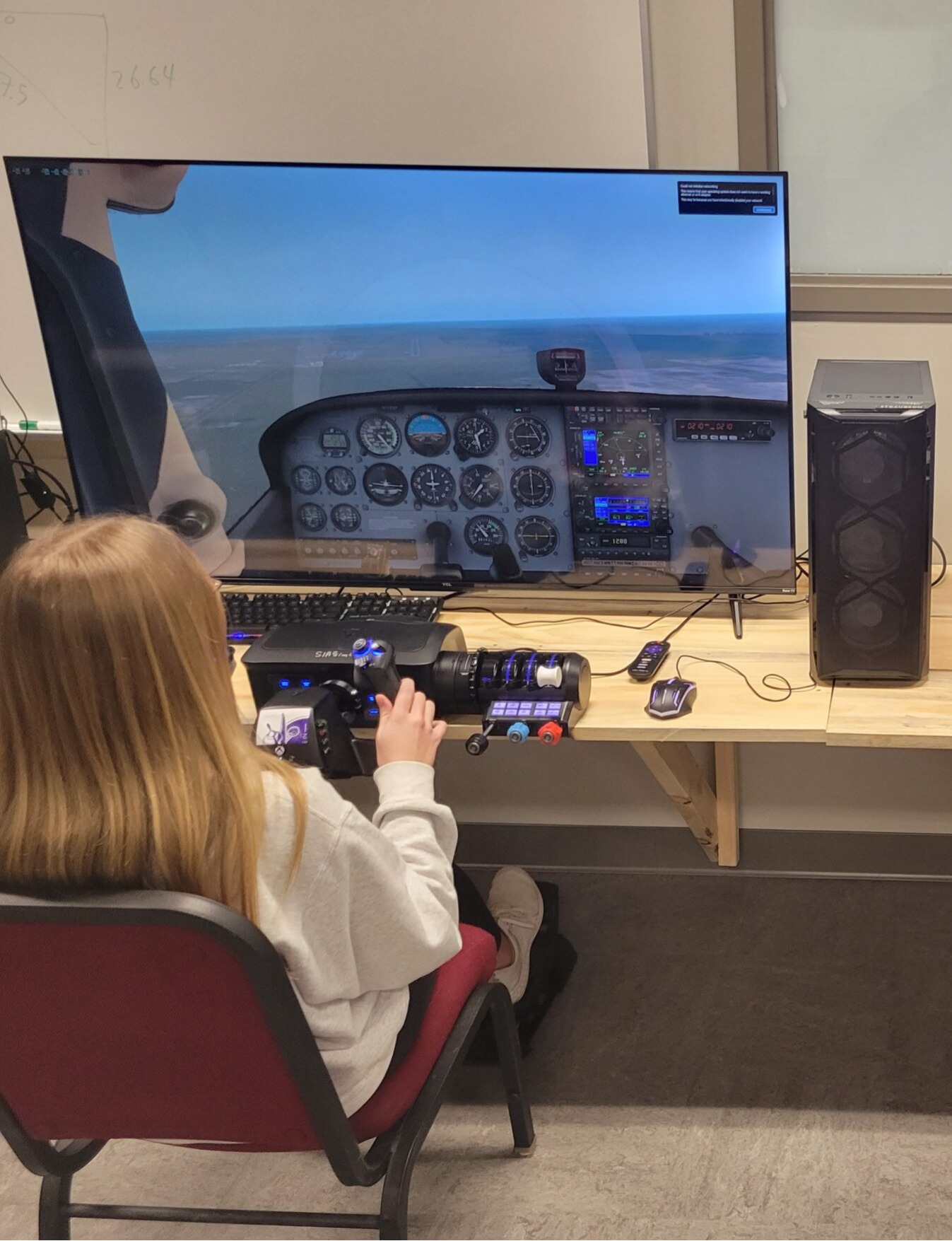
Students in Aviation Simulator and Training Grant
SIA (pronounced "sigh ah") Foundation located in Baraboo, south-central Wisconsin, is a 501(c)(3) non-profit organization that has provided RLS a free flight simulators for use in our aviation program or student Aviation Club. SIA a;lso provides free online aviation learning materials for use in our courses.
Partnerships with:
AOPA and the “You Can Fly” HS Aviation Curriculum
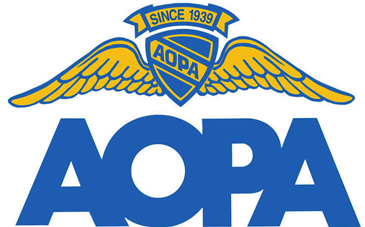
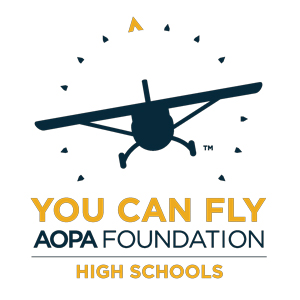
Experimental Aircraft Association
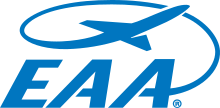
Program Sponsors
Collins Aerospace

Notes About Flight Training
To actually become a certified sport pilot or private pilot, students need 40-50 hours of flight time under the guidance of a Certified Flight Instructor (CFI) outside of the courses taught at Rockford Lutheran. This flight instruction time is not a requirement for our program or any of the courses we offer. Students can begin instruction in high school but would not be able to obtain a Student Pilot Certificate or fly solo until after their 16th birthday. A student must be at least 17 years old to take the final Checkride for the pilot certificate through the FAA.
Flight time routinely costs at least $200 per hour and is not a part of RLS's tuition. The school will be able to help refer families to one of the area's flight schools (such as at Poplar Grove Airport or Southern Wisconsin Regional Airport in Janesville, WI) or to other private flight instructors in the area.
The good news is that there are organizations that support students seeking to become pilots and offer scholarship opportunities. The instructor will share current opportunities and application procedures with students in our classes, but current examples are:
